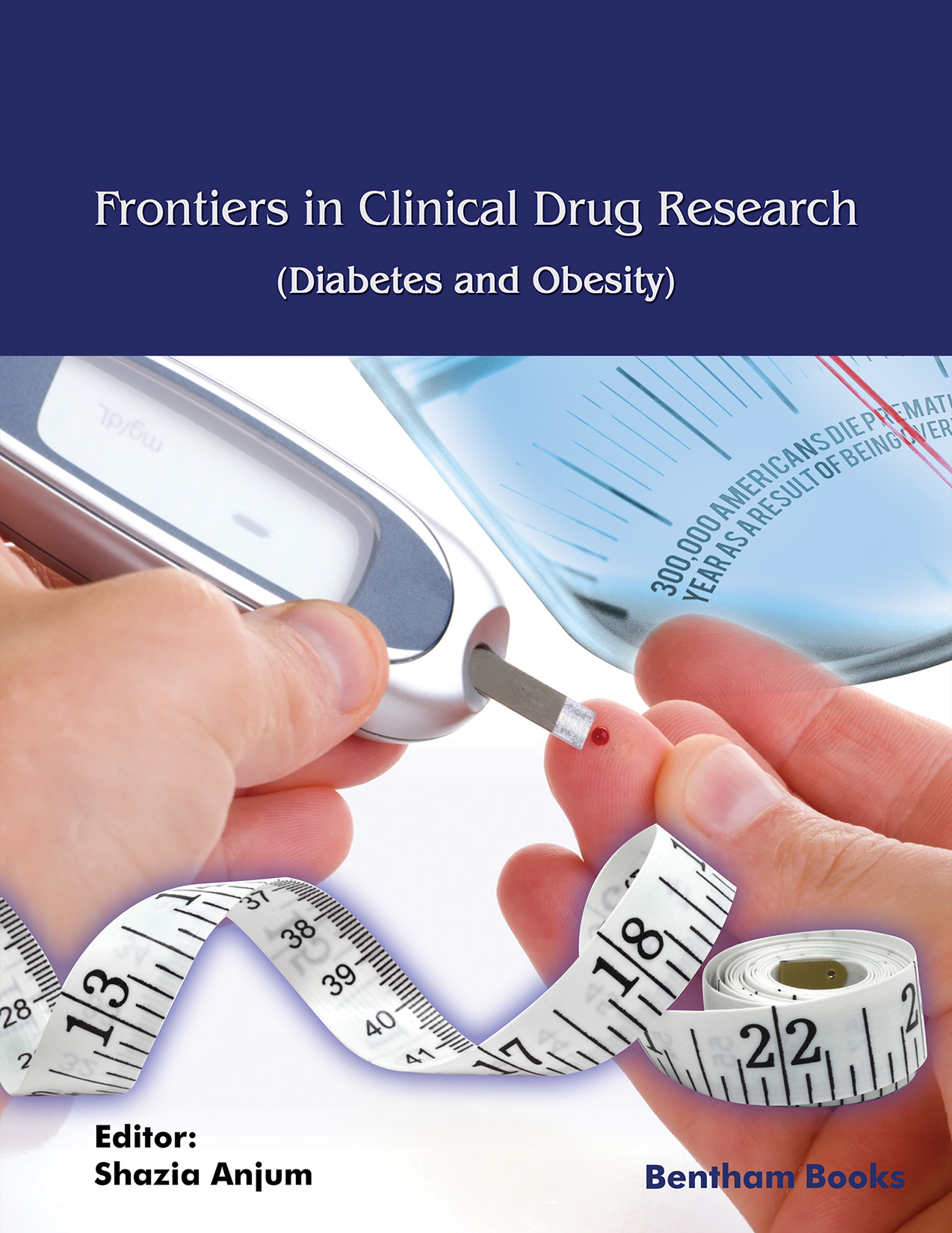Introduction
Frontiers in Clinical Drug Research – Diabetes and Obesity is a book series that brings updated reviews to readers interested in advances in the development of pharmaceutical agents for the treatment of two metabolic diseases – diabetes and obesity. The scope of the series covers a range of topics including the medicinal chemistry, pharmacology, molecular biology and biochemistry of natural and synthetic drugs affecting endocrine and metabolic processes linked with diabetes and obesity. Reviews in this series also include research on specific receptor targets and pre-clinical / clinical findings on novel pharmaceutical agents. Frontiers in Clinical Drug Research – Diabetes and Obesity is a valuable resource for pharmaceutical scientists and postgraduate students seeking updated and critically important information for developing clinical trials and devising research plans in the field of diabetes and obesity research.
The seventh volume of this series features 6 reviews on diabetes related topics for both medical specialists and pharmacologists.
- Clinical and diagnostic implications of glycated albumin in diabetes mellitus.
- Development of novel therapeutic groups and bioactive compounds from herbs for diabetes management
- Aspartame as a sugar substitute
- Mental health, adherence, and self-management among children with diabetes
- Cardioprotective effects of new generation anti-diabetic and lipid-lowering agents
- Epidemiology, pathophysiology, and treatment of diabesity
Audience:
Medical specialists (endocrinology, diabetology, nutrition), pharmacologists and clinical researchers

